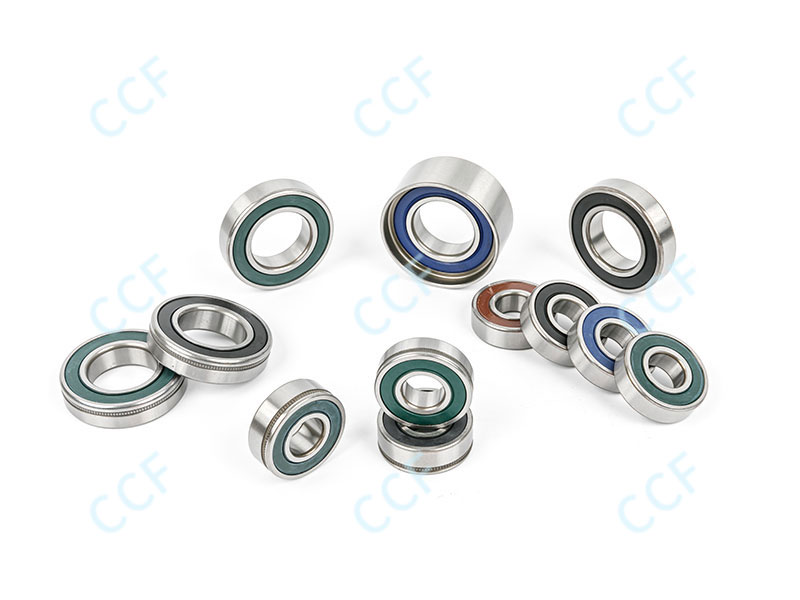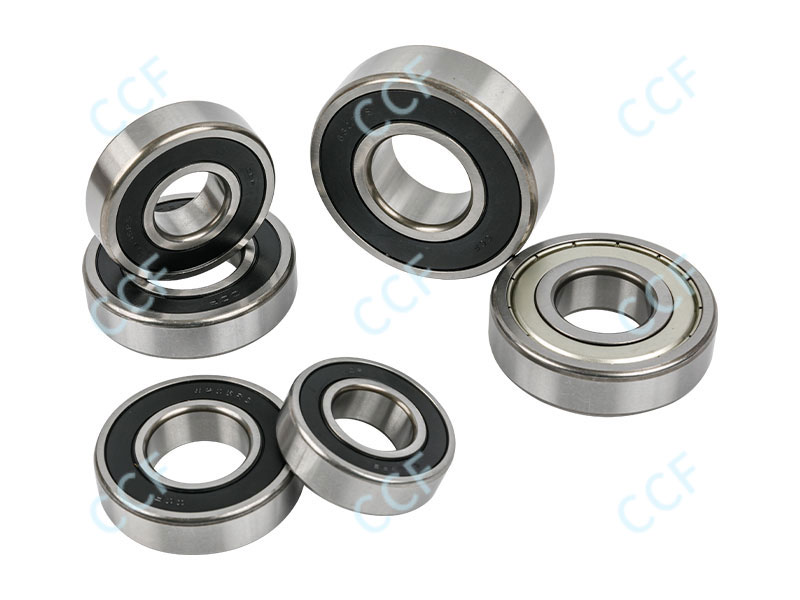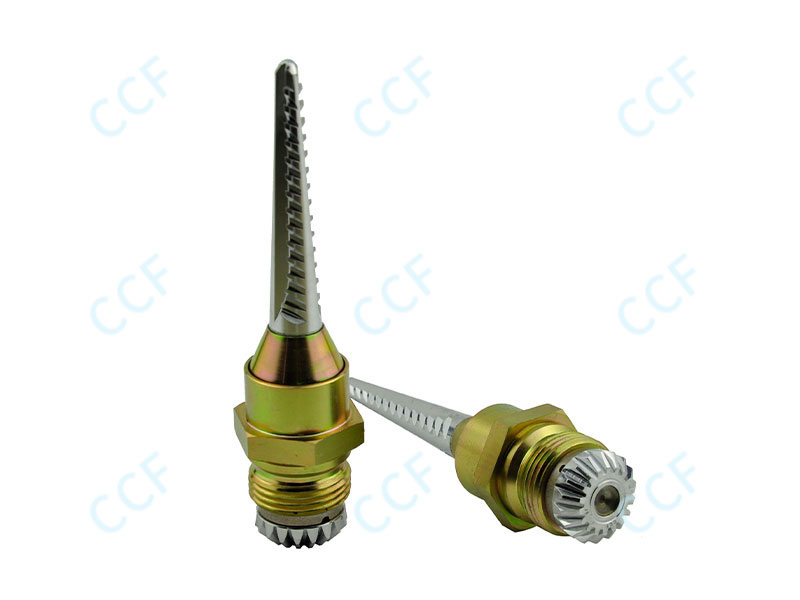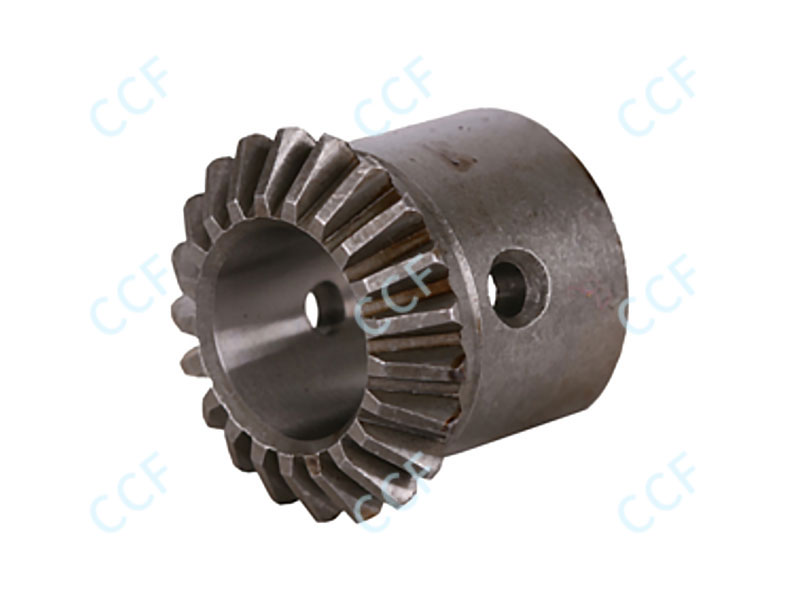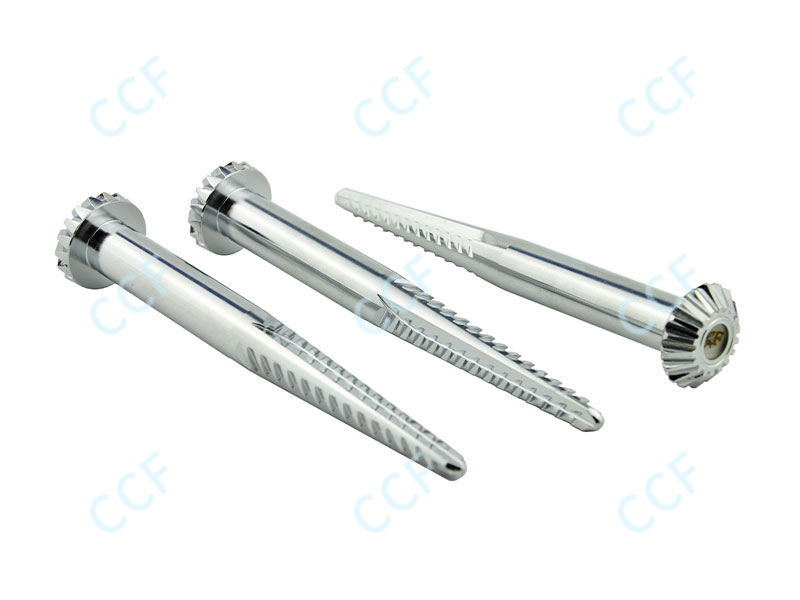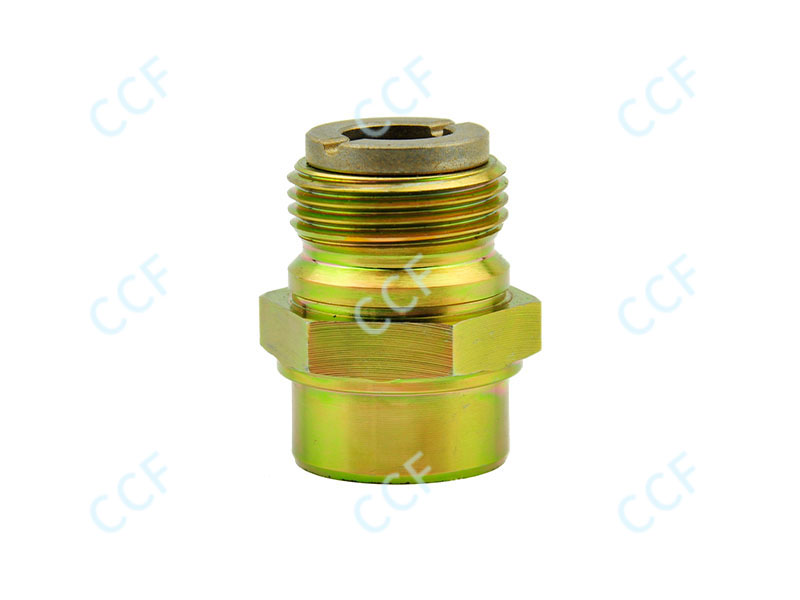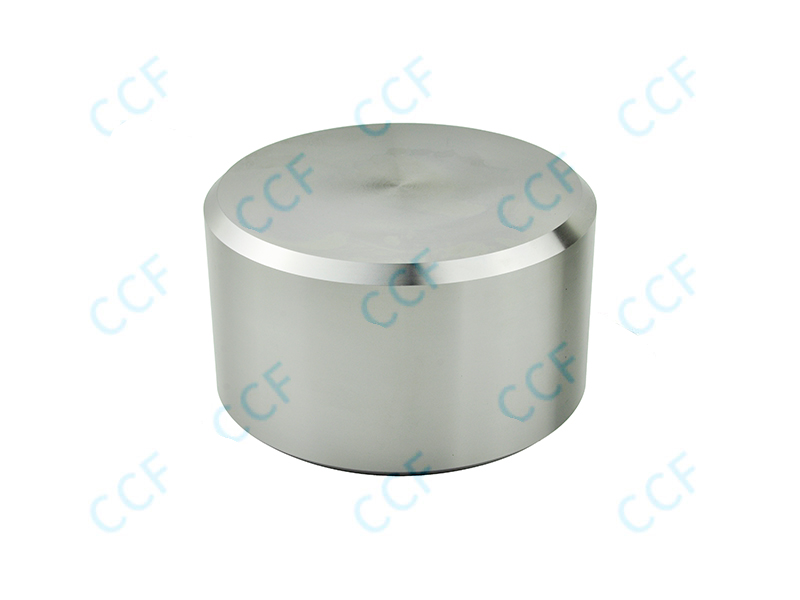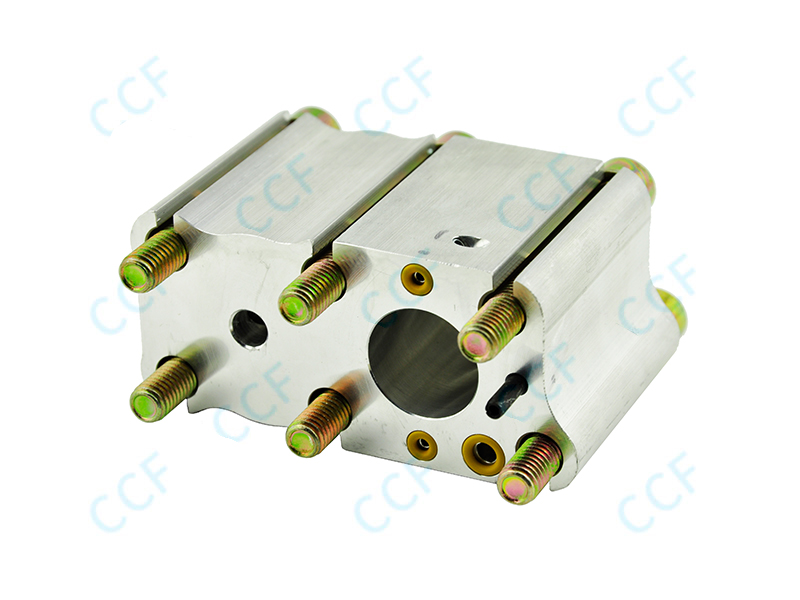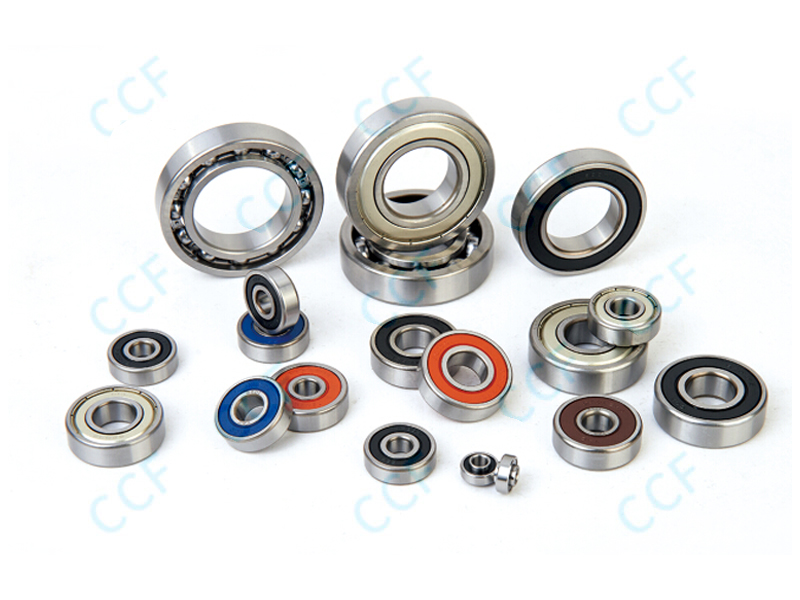When automobile ball bearings produce unusual noises, it is often a sign of mechanical or lubrication-related issues. These noises can range from light clicking to harsh grinding, depending on the severity of wear or damage. The main causes include contamination from dust or metal particles, insufficient lubrication, or surface fatigue on the bearing raceways. Over time, these conditions can lead to pitting or spalling, resulting in a repetitive sound as the bearing rotates. Detecting the type and rhythm of noise helps identify whether the issue stems from the inner race, outer race, or rolling elements. Regular inspection and early detection are crucial to prevent further mechanical deterioration and avoid expensive repairs.
Vibration in automobile ball bearings is a strong indicator of imbalance or misalignment in the rotating system. When bearings are not correctly seated in their housings, or when shafts are bent, uneven forces are distributed across the rolling elements. This imbalance generates irregular vibrations that may extend to surrounding components. Additionally, defects such as worn raceways or deformed rolling elements can disrupt the smooth rotation of the bearing. Environmental factors like road debris or improper installation torque can also contribute to vibration. Using vibration analysis tools or accelerometers allows technicians to measure amplitude and frequency, providing valuable data for diagnosing the precise source of vibration before it leads to more serious failures.
Excessive heat in automobile ball bearings usually indicates excessive friction, inadequate lubrication, or overloading. When bearings operate under insufficient lubrication, metal-to-metal contact occurs, which rapidly increases the temperature. Similarly, over-tightened or misaligned components can impose additional stress on the bearing, raising its internal friction. Heat discoloration, lubricant breakdown, and even smoke may appear in extreme situations. Continuous overheating reduces the hardness of the bearing material, leading to accelerated wear and reduced lifespan. Monitoring the bearing’s temperature during operation with infrared thermometers or thermal cameras helps ensure the system operates within the safe range and prevents premature failure.
Several factors contribute to bearing issues in automobiles, and identifying them can guide appropriate corrective measures. The following table summarizes common causes of unusual noise, vibration, and overheating in ball bearings, along with their typical effects.
| Problem | Possible Cause | Effect on Bearing |
|---|---|---|
| Unusual Noise | Contamination, wear, or insufficient lubrication | Increased friction, surface damage, irregular sound |
| Vibration | Imbalance, misalignment, or uneven load | Uneven wear, premature fatigue |
| Overheating | Overloading, lubrication failure, excessive friction | Material softening, lubricant degradation |
| Seizure | Severe wear or foreign object intrusion | Complete bearing failure |
When facing unusual noises, vibration, or overheating, a systematic diagnostic approach should be applied. The first step is to visually inspect the bearing housing, seals, and surrounding parts for any signs of leaks or damage. Then, operators should rotate the component manually to feel for roughness or resistance. Listening devices or electronic stethoscopes can be used to detect internal friction patterns. Checking the alignment of the shaft and housing ensures that no excessive side load is applied. In addition, lubricant samples can be analyzed for contamination by metal particles or dirt, which provides further clues about internal wear. A proper diagnostic routine helps to accurately identify the issue and determine whether maintenance or replacement is required.
Lubrication plays a critical role in ensuring the smooth operation of automobile ball bearings. Using the correct type and quantity of lubricant reduces friction and prevents overheating. Both over-lubrication and under-lubrication can cause operational issues. Excess grease can increase resistance, while insufficient grease leads to direct metal contact. It is also essential to use lubricants with the right viscosity for the specific application and temperature range. Regular maintenance schedules should include cleaning and re-lubrication at recommended intervals. For high-speed or high-temperature environments, synthetic lubricants may be more suitable due to their thermal stability and longer service life. Following the vehicle manufacturer’s maintenance guidelines ensures consistent bearing performance and reduces the likelihood of failure.
If inspection reveals significant wear, surface damage, or deformation, replacing the bearing is the most reliable solution. Continuing to operate with a defective bearing can result in secondary damage to the shaft, housing, or transmission components. During replacement, it is important to select bearings that match the exact specifications required by the vehicle model. Installation should be performed using appropriate tools to prevent misalignment or damage to the bearing surfaces. Applying a light coating of lubricant before assembly helps reduce friction during the initial operation. After installation, the bearing should be tested under controlled conditions to confirm that vibration and temperature levels return to normal.
Prevention is more cost-effective than repair when it comes to automotive bearing maintenance. Ensuring that bearings are installed correctly, kept clean, and adequately lubricated can significantly extend their service life. Proper sealing systems help protect the internal components from dust, water, and other contaminants that can cause wear. In addition, maintaining proper wheel alignment and avoiding overloading are essential to reducing unnecessary stress on the bearings. Implementing predictive maintenance programs that include vibration analysis and thermal monitoring allows early detection of potential problems before they escalate into severe damage.
Advanced diagnostic tools play an essential role in monitoring the health of automobile ball bearings. Vibration analyzers, thermographic cameras, and sound sensors can identify abnormal conditions with high accuracy. Regular testing schedules should be implemented to record and compare data over time, helping to identify gradual degradation. Spectral analysis can be used to distinguish between mechanical faults, such as imbalance or misalignment, and lubrication-related problems. This data-driven approach allows maintenance teams to make informed decisions, schedule repairs during planned downtime, and minimize unexpected breakdowns.
Environmental conditions greatly influence bearing performance. Exposure to water, dust, or chemical contaminants can lead to corrosion or lubricant deterioration. Vehicles operating in harsh conditions such as high humidity, extreme temperatures, or off-road environments require more frequent inspections. Operational factors like driving habits and load variations also affect bearing life. For example, rapid acceleration, heavy braking, and carrying excessive loads increase mechanical stress on bearings. By understanding and controlling these factors, vehicle owners can maintain stable bearing performance and extend maintenance intervals.
The following table compares the maintenance approaches for dealing with bearing problems such as noise, vibration, and overheating, highlighting the differences between corrective and preventive strategies.
| Issue | Corrective Action | Preventive Action |
|---|---|---|
| Unusual Noise | Inspect and replace damaged components | Ensure regular lubrication and contamination control |
| Vibration | Realign shafts and balance rotating parts | Maintain proper installation and load distribution |
| Overheating | Adjust lubrication levels and inspect seals | Monitor temperature and use heat-resistant lubricants |
While minor maintenance tasks such as lubrication and cleaning can be performed by trained vehicle owners, diagnosing and repairing serious bearing issues often requires professional expertise. Specialized technicians have access to precision instruments and detailed manufacturer data that help identify root causes more accurately. Professional maintenance services ensure that replacements meet original equipment standards and that installation procedures are performed correctly. This professional approach not only restores smooth operation but also helps prevent future failures caused by improper handling or substandard parts. Regular collaboration with certified maintenance centers ensures the continued reliability and safety of the vehicle’s bearing system.
